Monday evening, Wilson Library celebrated the new rare book exhibition Lyric Impressions: Wordsworth in the Long Nineteenth Century. A viewing and reception were followed by a tour-de-force lecture entitled “Wordsworthian Carnage,” delivered by Professor Duncan Wu of Georgetown University.
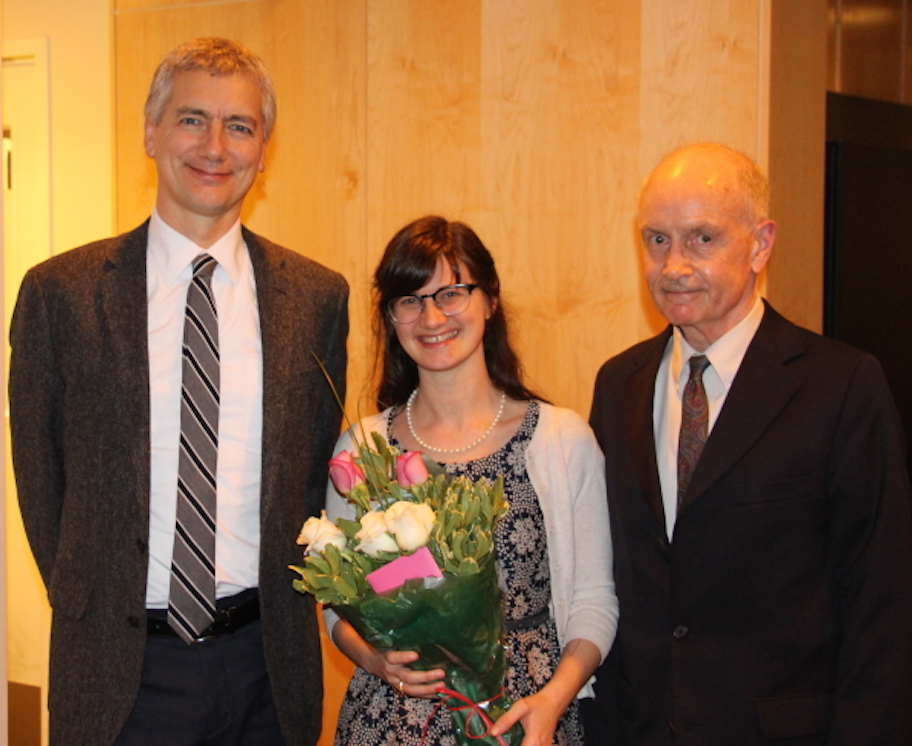
The cold rain could not keep away over 80 poetry and rare book enthusiasts, who enjoyed the enlightening display of 140 items, curated by Elizabeth Ott from the RBC’s Wordsworth Collection and related holdings. The exhibition examines Wordsworth’s writing within the context of world events spanning over a century, from the years of the French Revolution to the First World War. The multiple editions and issues of Wordsworth’s poetry also demonstrate the remarkable changes in book production during that period, as technology and literary markets developed at an unprecedented pace. In 2010 Mark L. Reed, III, Lineburger Professor Emeritus in the Humanities, tripled the size of the Wordsworth Collection with a gift of 1,700 volumes, making such an exploration possible. And so, Monday evening was also an occasion to honor Professor Reed and his extraordinary generosity, which has helped UNC become a leading repository for print editions of the British Romantics.
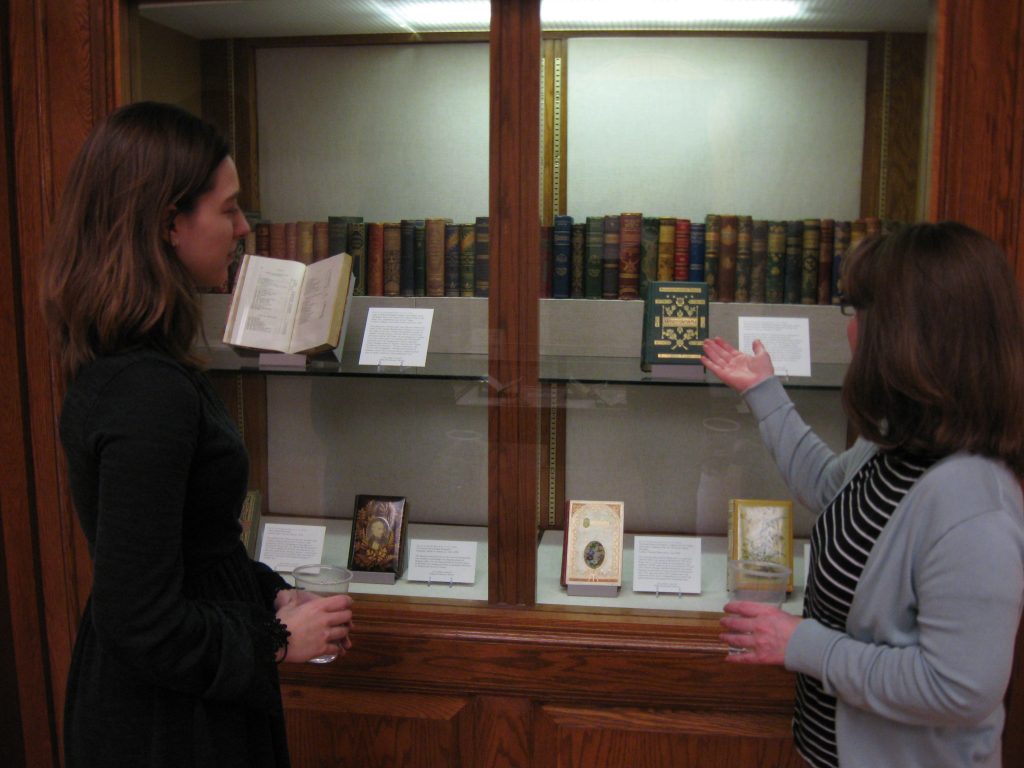
Professor Wu took as the subject for his lecture a notable line in William Wordsworth’s “Thanksgiving Ode,” which was written for a general day of thanksgiving in Britain just a little over 200 years ago, January 18, 1816. That commemoration of the Battle of Waterloo brought forth Wordsworth’s complex thoughts and feelings about the decisive world event. His poem, which failed to find critical acclaim in general, became best known instead for one verse in particular: “Yea, Carnage is thy daughter.” In a presentation worthy of London’s West End as well as the halls of academe, Professor Wu investigated the significance of those words through passages from other writers—including Percy Shelley, Lord Byron, and William Hazlitt. Faculty, friends, and staff, as well as UNC students past and present, all left energized by Professor Wu’s dramatic performance, its scholarly sweep, and the power of poetry.

In the after-festivities, David Vander Meulen, Professor of English at the University of Virginia, presented the Rare Book Collection with an unusual copy of the 1879 Poems of Wordsworth, edited by Matthew Arnold. Reed’s comprehensive collecting culminated in 2013 with an exemplary scholarly resource: A Bibliography of William Wordsworth 1787-1930, published by Cambridge University Press. Professor Vander Meulen, editor of the distinguished journal Studies in Bibliography, recognized the 1879 volume as an unrecorded variant of A163 in Reed’s bibliography. As he noted, “several features do not appear to match the descriptions of the first printing: Spine. The imprint reads simply ‘Macmillan’ (as in issue 1), but Arnold’s name is absent (as in issue 2); First gathering. Leaf π1, ordinarily containing the Golden Treasury Series device and the epigraph, is not present. (But the book does have the tissue guard facing the title page, which is on ‘moderately stiff paper’).” Professor Reed observed that the binding seemed to represent a state between his bibliography’s first and second bindings, “a very exciting discovery.”
Professor Vander Meulen spoke for Studies in Bibliography colleague Elizabeth Lynch and himself: “The gift above all is to show respect for Mark’s magnum opus and labor of love, the Wordsworth bibliography. It is a remarkable accomplishment, characterized by uncommon thoroughness, accuracy, and understanding. . . . The donation also signals gratitude in a more personal way. We remain appreciative and indebted to Mark’s article in Studies in Bibliography on the title pages of Lyrical Ballads. It’s a model that I provide to students in my bibliography class every year.”
Mark Reed’s collecting began almost fifty years ago with the acquisition of a copy of Lyrical Ballads, and it is fair to say that this most recent thoughtful addition to the Wordsworth Collection won’t be the last. With such a formidable establishment, UNC is committed to the continued growth of its Wordsworth Collection as well as its allied British Romantic holdings.
A catalog of Lyric Impressions is being published and will be available through UNC Press. Look forward to an announcement on our blog.

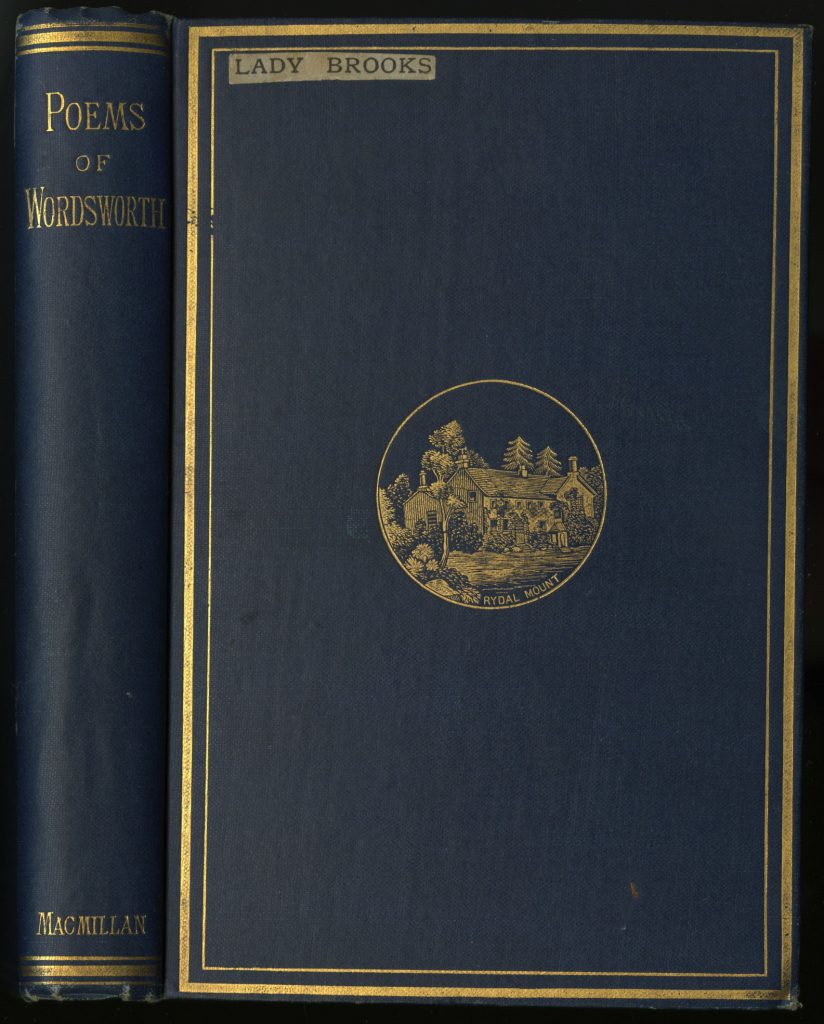
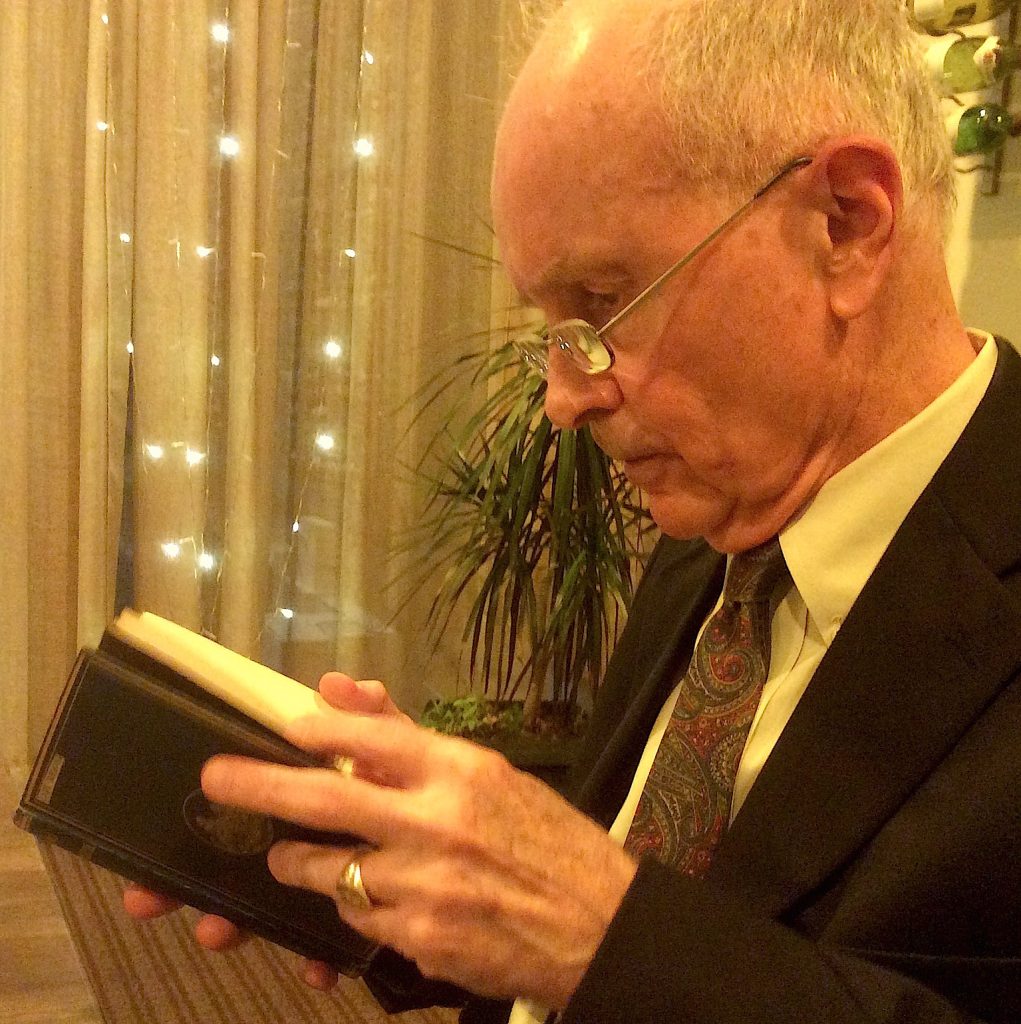


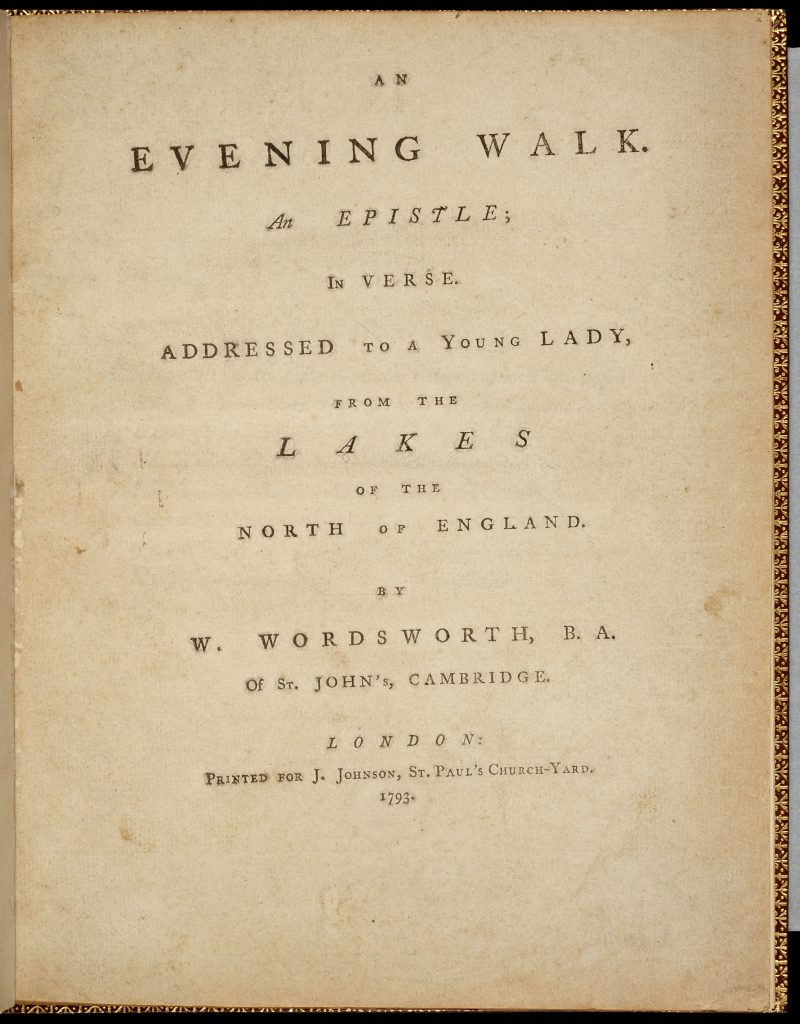

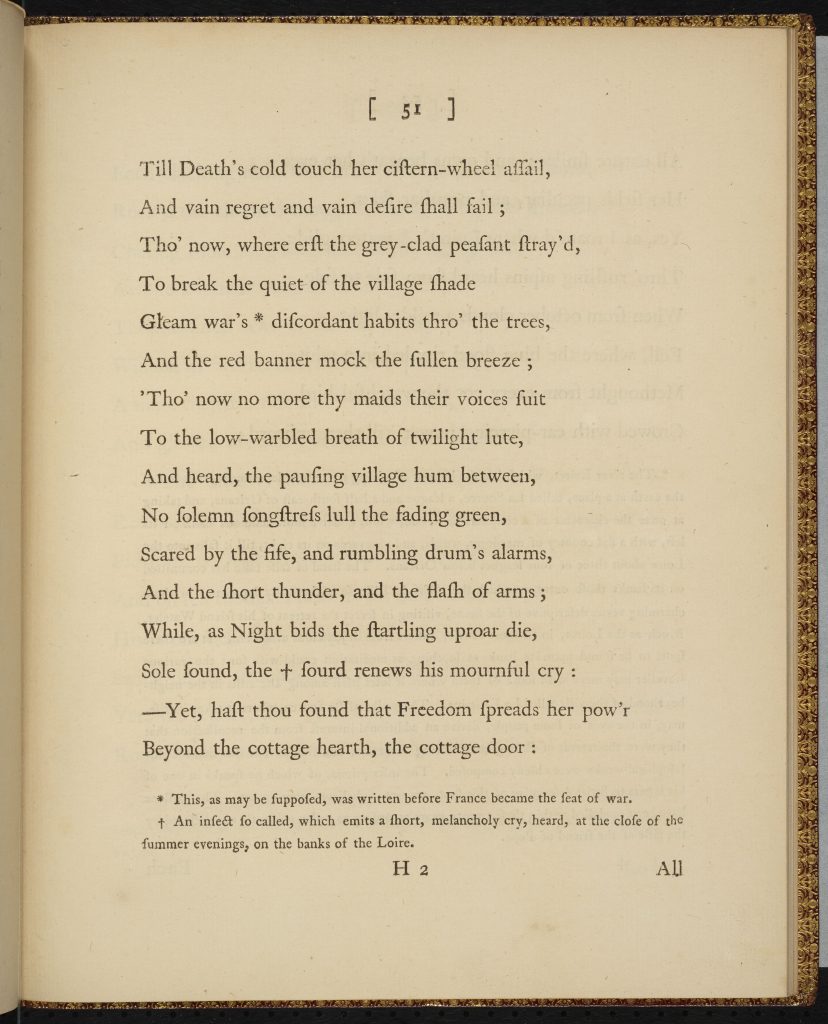
![Green and red monkeys from William Jardine, The Natural History of Monkeys (Edinburgh, W.H. Lizars; [etc.] 1833) | QL45.J3 N3](https://blogs.lib.unc.edu/rbc/wp-content/uploads/sites/4/2016/02/monkeys-1024x325.jpg)
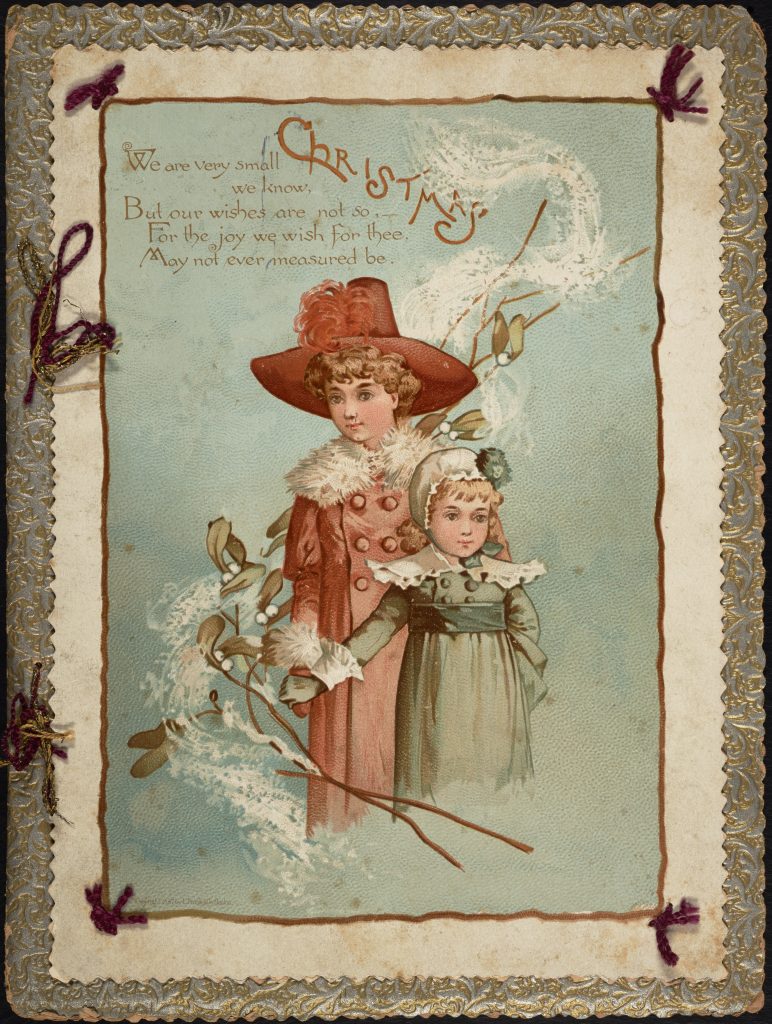
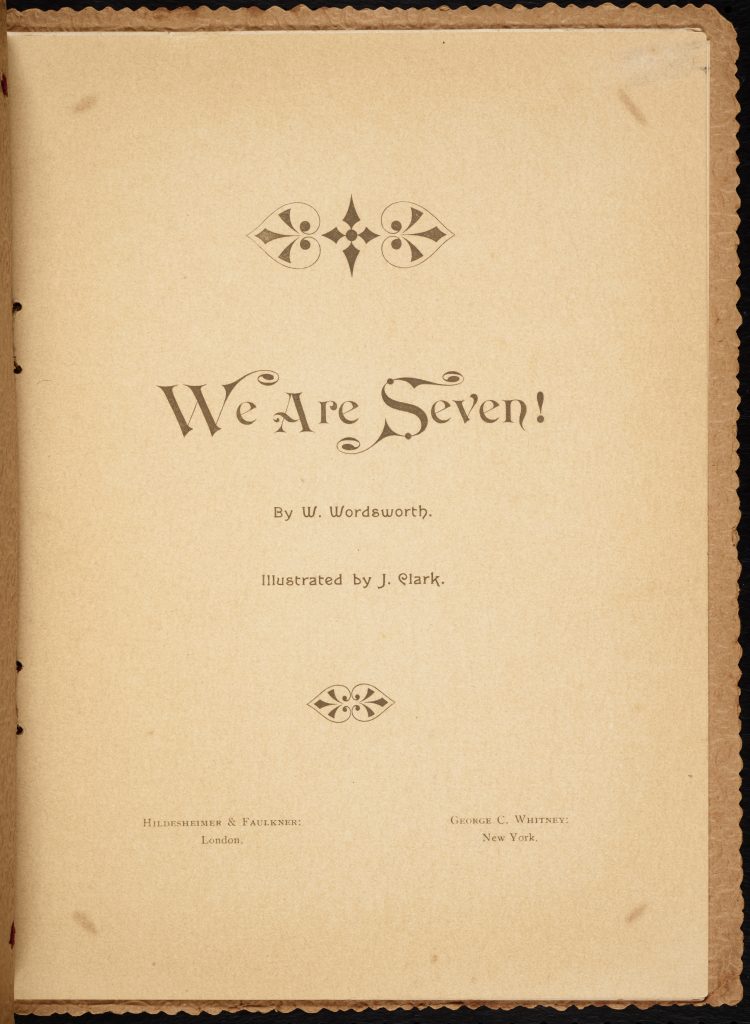

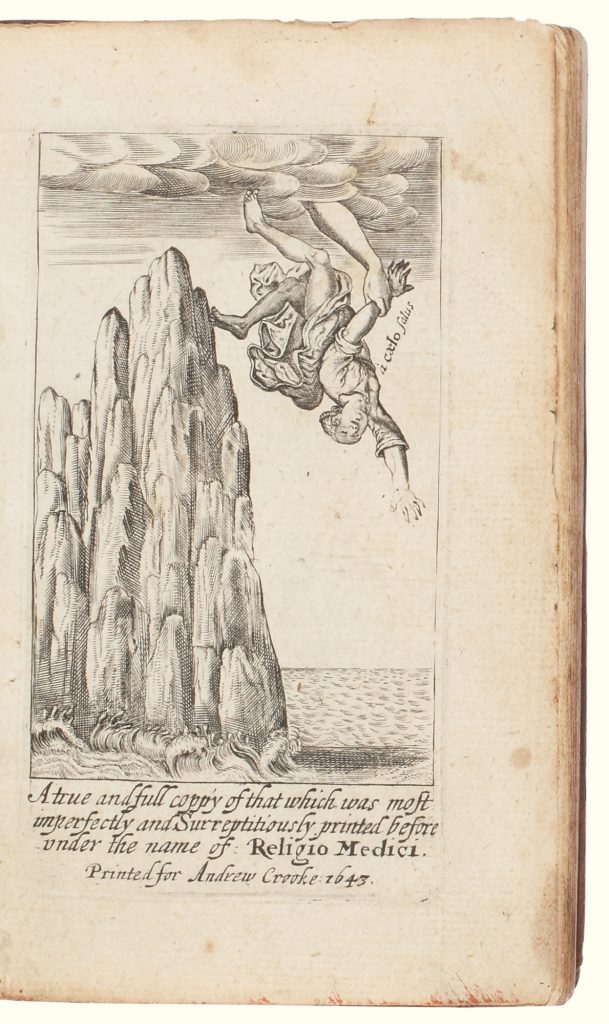



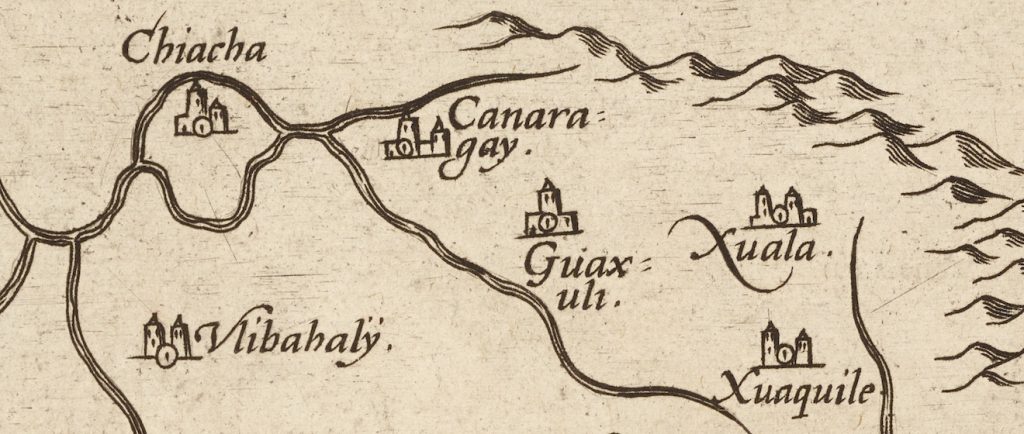
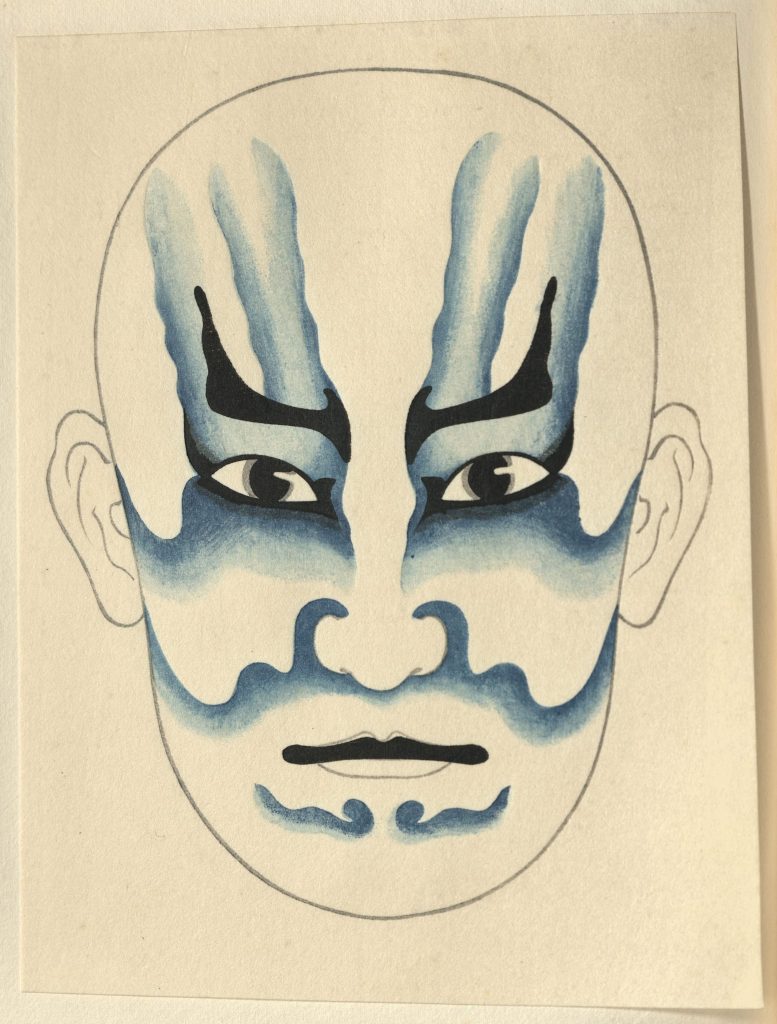
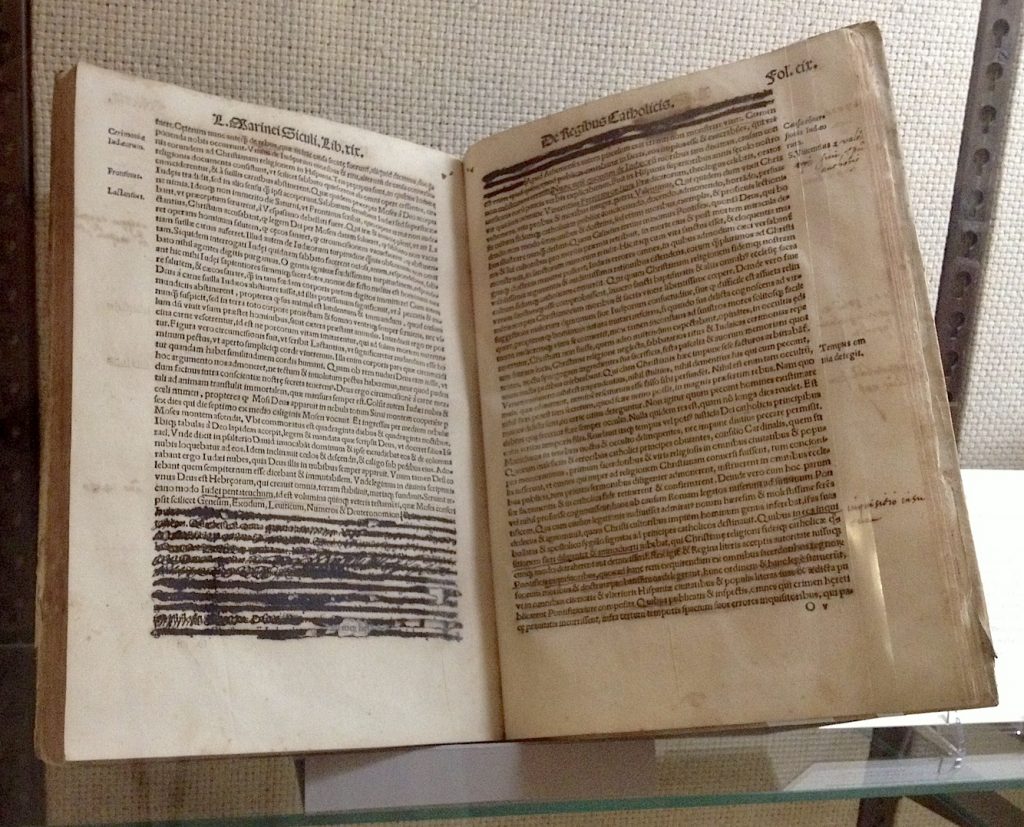
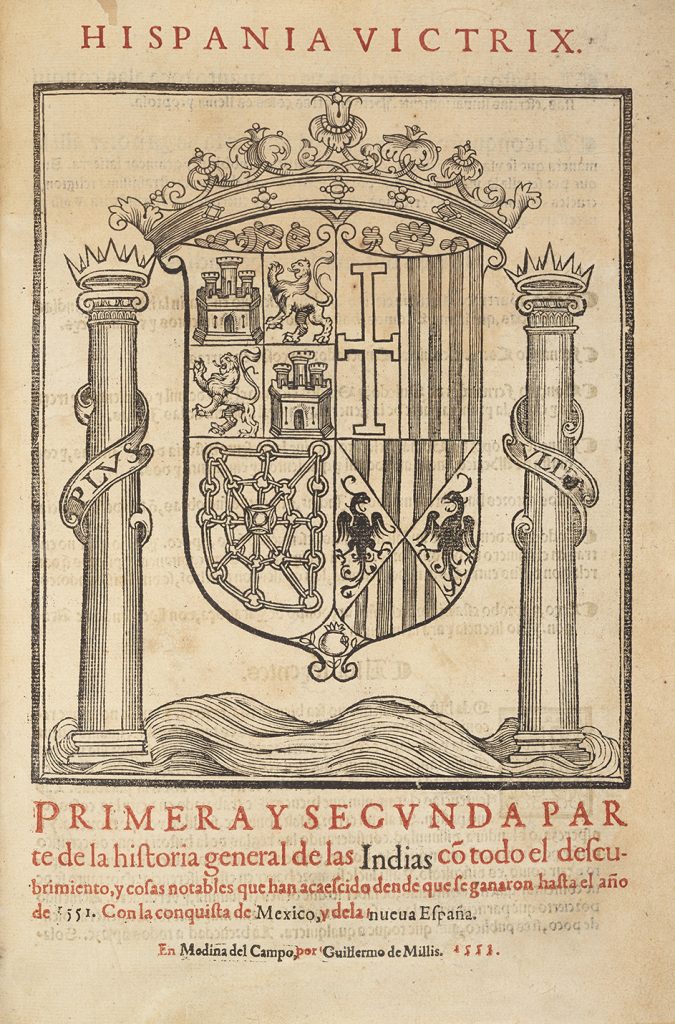
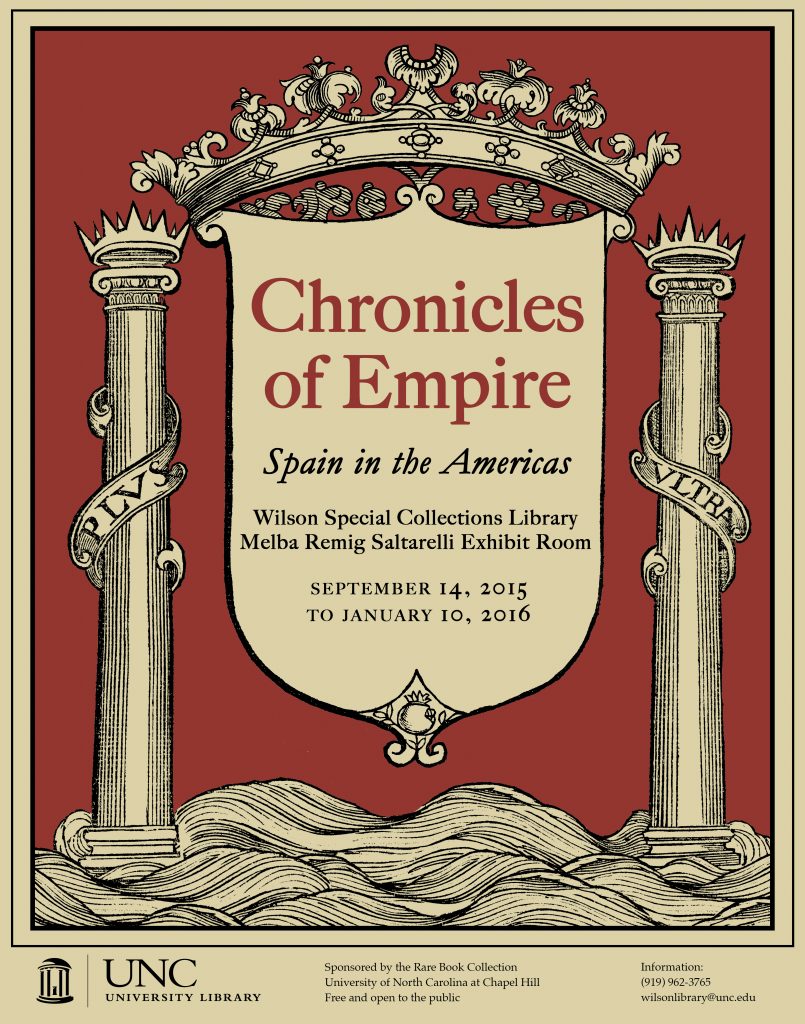
![Baldo Bartolini, De dotibus et dotatis mulieribus ([Venice] : Expensis [et] ingenio Paganini de Paganinis .... 9 March 1496) | Folio-2 Incunabula 354.5](https://blogs.lib.unc.edu/rbc/wp-content/uploads/sites/4/2015/09/Inc_354-5_FINAL_crop-957x1024.jpg)